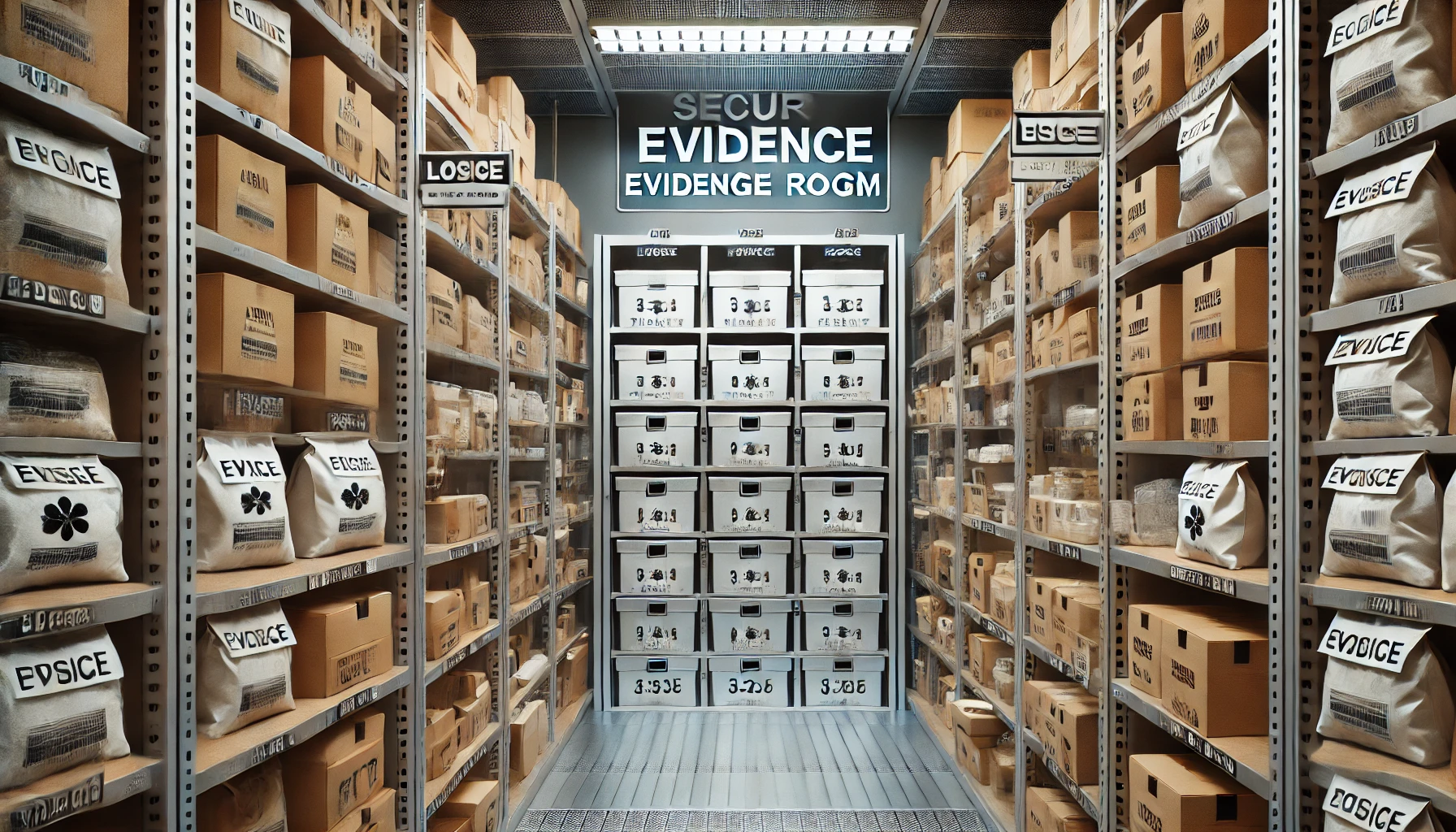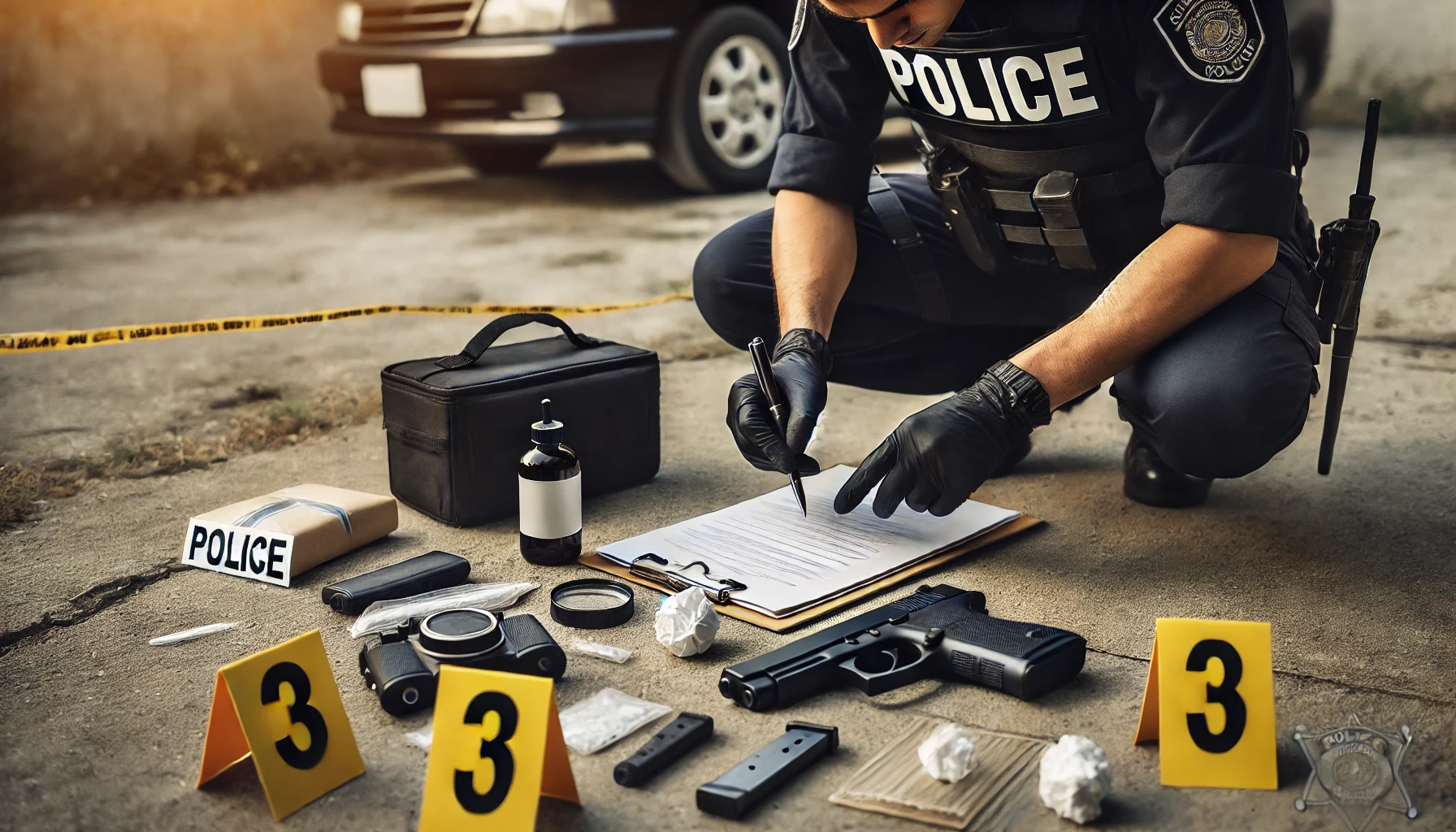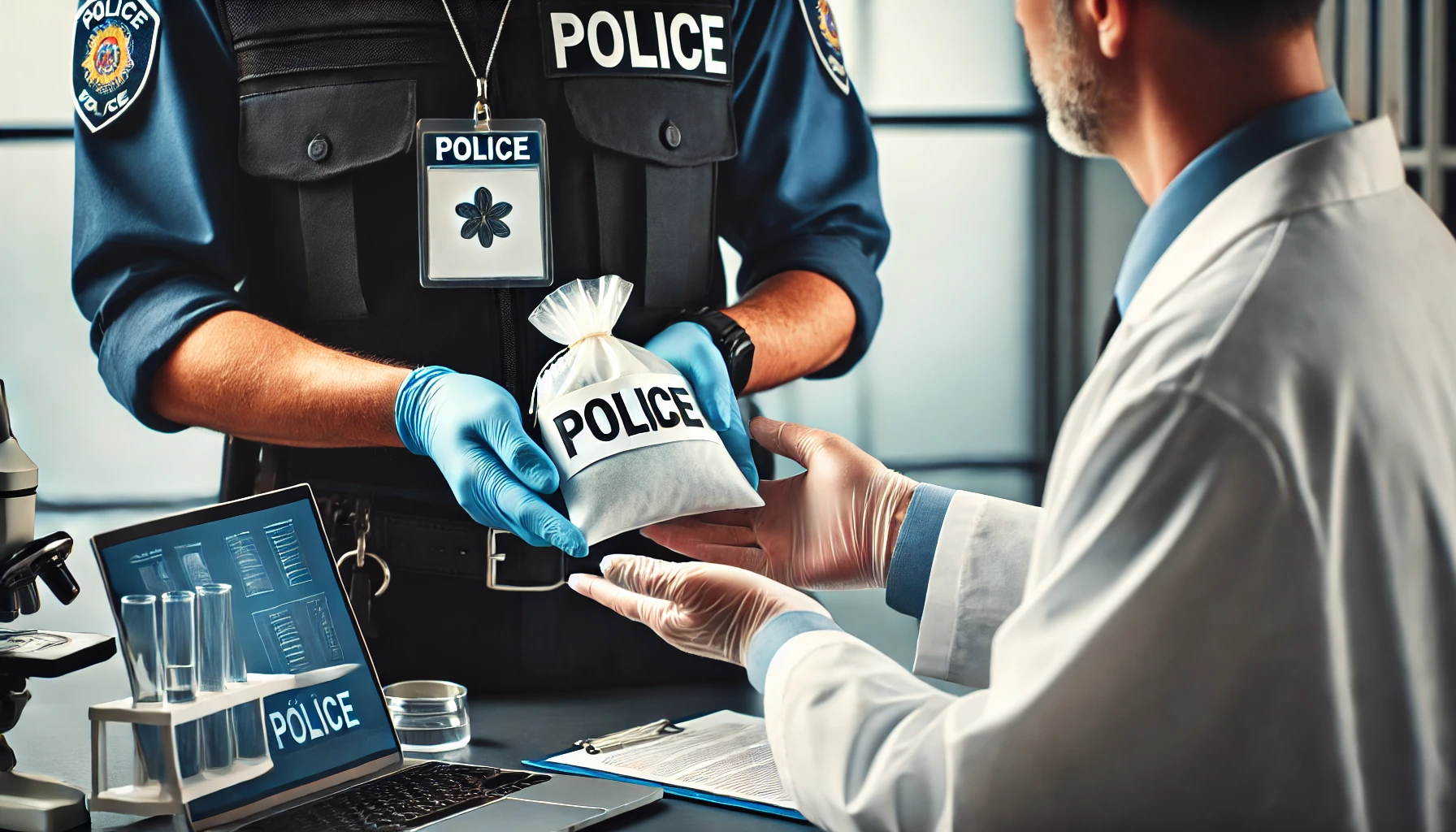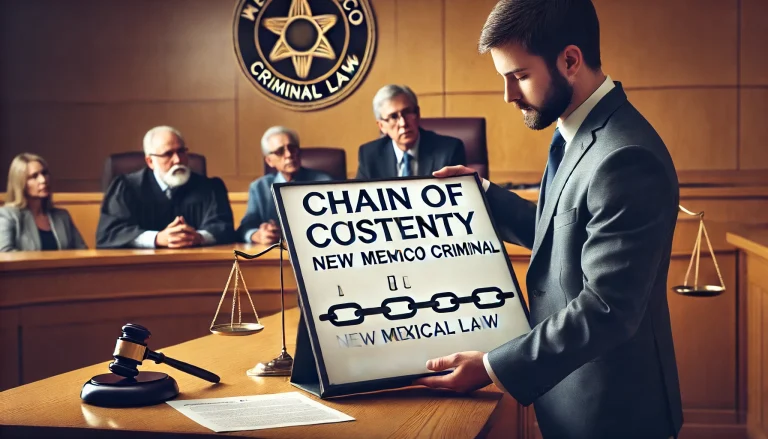In criminal cases, the Chain of Custody New Mexico Criminal Law refers to the process used to handle, store, and track evidence from the moment it is collected at a crime scene until it is presented in court. In New Mexico, maintaining a proper chain of custody is essential for preserving the integrity of criminal investigations and ensuring that justice is served. This article explains the purpose, key components, legal standards, consequences of mishandling evidence, and best practices for maintaining an unbroken chain of custody in New Mexico criminal law.
Purpose of the Chain of Custody
Criminal cases rely heavily on evidence to establish facts. Whether it’s a piece of physical evidence like a weapon, drugs, or a document, or forensic evidence like blood samples, the credibility of that evidence is crucial for proving guilt or innocence.
By maintaining a chain of custody, law enforcement can show that the evidence presented in court is the same as what was originally collected at the crime scene. This chain serves as a safeguard, making sure that the evidence has been securely handled and stored throughout the entire process.
Chain of Custody New Mexico Criminal Law: Ensuring the Integrity of Evidence
In New Mexico criminal law, the chain of custody refers to the careful process of tracking and preserving evidence from the moment it is collected at a crime scene until it is presented in court. This process ensures that evidence remains intact, reliable, and unaltered, which is critical for the fairness of criminal trials.
The chain of custody begins with the initial collection of evidence by law enforcement officers. Every piece of evidence is labeled, documented, and stored securely to prevent tampering. As evidence moves from one person or location to another—such as from the crime scene to a forensic lab or from the lab to the courtroom—a record is created to show who has handled the evidence and when.
In New Mexico, maintaining an unbroken chain of custody is essential because any gaps or inconsistencies in handling evidence can lead to it being ruled inadmissible in court. This could significantly weaken the prosecution’s case or even result in an acquittal. To ensure the evidence is handled correctly, law enforcement and legal professionals must adhere to strict procedures, including training, secure storage, and accurate documentation.
By following these practices, New Mexico’s criminal justice system can uphold the integrity of the evidence, ensuring that those who commit crimes are held accountable while protecting the rights of the accused.
Key Components of Chain of Custody
The process of maintaining a proper chain of custody involves several important steps:
Collection of Evidence
The first step involves the careful collection of evidence at the crime scene. Each item must be clearly labeled and identified, with documentation noting the date, time, and location of its discovery. The person collecting the evidence must also be recorded in the documentation to begin establishing the chain.
Documentation
Every time evidence changes hands, a record must be made. This documentation includes the name of the person handling the evidence, the date and time of the transfer, and the purpose of the transfer (such as moving the evidence to a lab for testing). This step is essential for creating an accurate log that traces the evidence’s movements throughout the investigation.
Transfer of Evidence
As evidence is passed from one person or location to another—such as from police officers to forensic labs—it’s crucial that each transfer is properly recorded. This prevents confusion or disputes about who had access to the evidence at any point and ensures accountability.
Storage of Evidence
Once evidence is collected, it must be stored securely. It should be kept in a locked, controlled environment where only authorized personnel have access. Storage methods may include secure evidence lockers or storage rooms that are regularly monitored and audited to prevent unauthorized handling.
Legal Standards for Chain of Custody in New Mexico
In New Mexico, like in other states, there are strict legal standards that ensure evidence is properly handled throughout the judicial process. The rules governing the chain of custody require that evidence be handled and stored according to established procedures.
Burden of Proof
It’s the responsibility of the prosecution to prove that the evidence has been handled correctly. This means that the prosecution must demonstrate an unbroken chain of custody from the moment the evidence was collected to when it is presented in court. If any part of the chain is broken or unclear, it may cast doubt on the evidence’s reliability, and the court may decide to exclude it.
Rules of Evidence
New Mexico follows both state and federal rules of evidence, which require evidence to be authenticated before it can be presented in court. To be accepted, the prosecution must show that the evidence is the same as what was originally collected from the crime scene. The chain of custody plays a critical role in meeting this requirement.
Court Scrutiny
Judges and defense attorneys are often quick to scrutinize the chain of custody. If the evidence appears to have been mishandled or if there are gaps in the documentation, the court may rule the evidence inadmissible. In some cases, this could result in a case being thrown out or a conviction being overturned.
Consequences of a Broken Chain of Custody
The consequences of a broken chain of custody are serious and can significantly impact the outcome of a criminal trial:
Exclusion of Evidence
If the chain of custody is broken or if there is a question about the integrity of the evidence, it may be ruled inadmissible. Without this evidence, the prosecution’s case may become much weaker, and it could lead to a loss of the case.
Impact on Trial
A broken chain of custody can lead to various legal challenges from the defense. Defense attorneys may argue that the evidence is unreliable or has been tampered with, which could result in a dismissal of charges, a mistrial, or an acquittal.
Reputation Damage
Mishandling evidence can damage the credibility of law enforcement officers, forensic labs, and other individuals involved in the case. It can also harm public trust in the justice system, leading to increased scrutiny of law enforcement practices.
Best Practices for Maintaining an Unbroken Chain of Custody
Maintaining an unbroken chain of custody is essential for ensuring the integrity of the evidence. Here are several best practices that can help avoid errors and keep the chain intact:
Training and Protocols
Law enforcement officers should receive thorough training on proper evidence collection, documentation, and storage procedures. Clear protocols should be followed to ensure consistency and accountability at every stage of handling evidence.
Use of Technology
Technology can play a key role in tracking evidence. Using barcodes, RFID tags, or digital tracking systems can help ensure that evidence is accurately logged and that its movements are carefully monitored. This reduces the chances of errors and makes it easier to track evidence throughout the investigation.
Regular Audits and Inspections
Regular audits should be conducted to ensure that all evidence is stored and handled according to proper procedures. Any inconsistencies or issues should be addressed immediately to prevent further complications. Independent inspections of evidence storage areas can help ensure that security measures are being followed.
Video and Photographic Documentation
In addition to written records, video or photographic documentation of evidence collection and transfers can provide an extra layer of transparency. This can help clarify any disputes that may arise regarding the handling of evidence.
Conclusion
The Chain of Custody New Mexico Criminal Law is a fundamental aspect of the legal process, ensuring that evidence remains intact and reliable. This integrity is critical for the fair administration of justice. From the moment evidence is collected at a crime scene to its presentation in court, it must be meticulously documented, transferred, and stored.
Any mishandling of evidence can compromise its credibility and potentially invalidate a trial. By adhering to strict procedures and best practices, law enforcement and legal professionals can maintain an unbroken chain of custody in New Mexico criminal law, upholding both justice and the integrity of the criminal justice system.
FAQs
What is the chain of custody in criminal law?
The chain of custody refers to the documentation and tracking process of evidence from collection to courtroom presentation, ensuring it remains intact and unaltered.
Why is the chain of custody important in a criminal case?
It guarantees that evidence is authentic and reliable, preventing tampering or contamination that could undermine the case’s integrity.
What happens if the chain of custody is broken?
If the chain is broken, evidence may be deemed inadmissible in court, weakening the prosecution’s case or leading to a case dismissal.
Who is responsible for maintaining the chain of custody?
Law enforcement officers, forensic teams, and legal professionals are responsible for maintaining the chain of custody throughout the investigation and trial process.
Can technology help maintain the chain of custody?
Yes, using digital tracking systems, barcodes, and RFID tags can ensure accurate and transparent documentation of evidence handling and transfers.
Article Recommendations
Wendys Lawsuit Michigan: What the Case Reveals About Corporate Accountability in the Food Industry
Third Culture Bakery Lawsuit: How Public Opinion Influences Intellectual Property Decisions
Abilene Asbestos Legal Question: How to Identify, Handle, and Seek Justice for Asbestos Exposure




